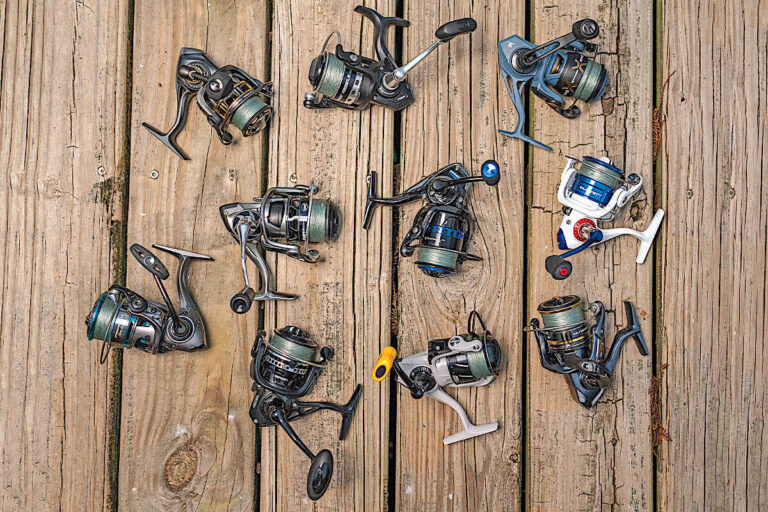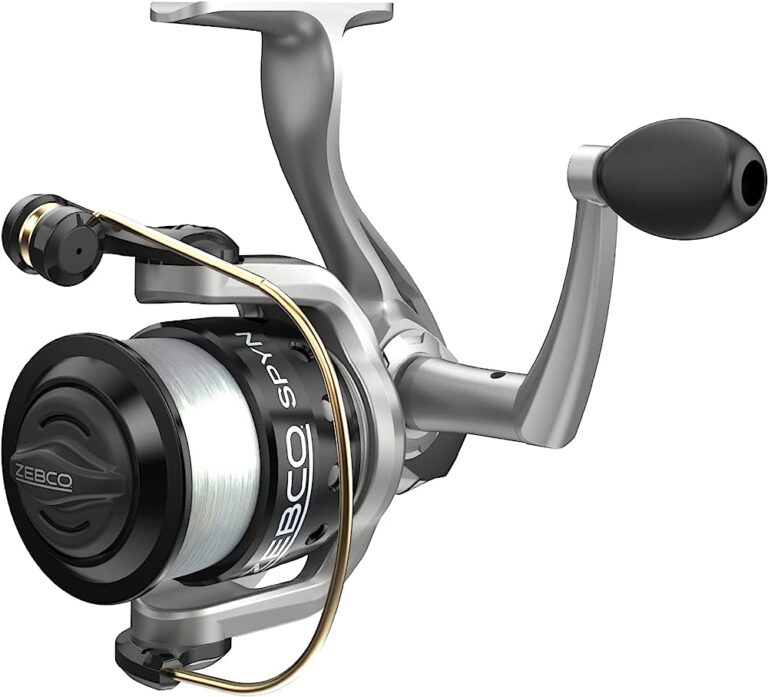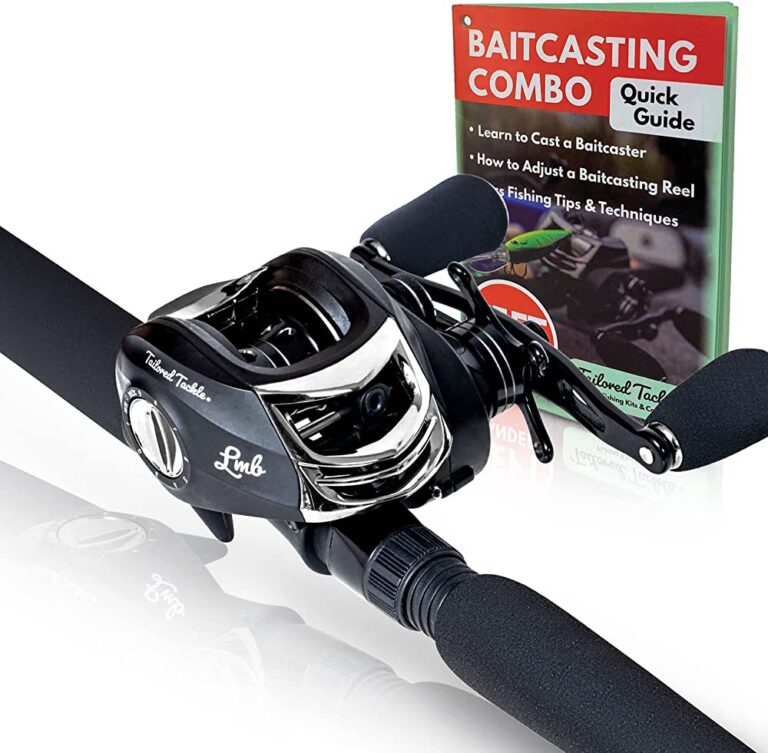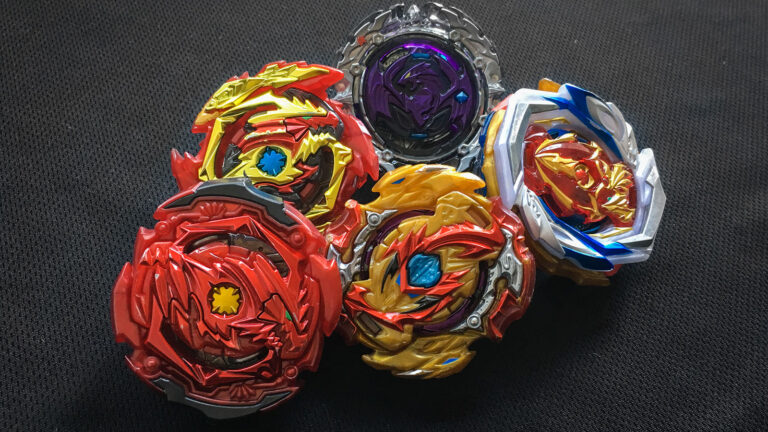Yes, spinning baits can be used for trolling. Spinning baits are effective in attracting and catching fish while trolling due to their vibrant and enticing movements in the water.
When used for trolling, these baits can simulate the behavior of small fish, enticing larger predatory fish to strike. With their spinning action and attractive designs, spinning baits can be a valuable tool for trolling enthusiasts looking to catch a variety of fish species in freshwater and saltwater environments.
Whether you’re targeting bass, trout, walleye, or even larger species like muskie and pike, spinning baits can be a versatile and successful option for trolling.
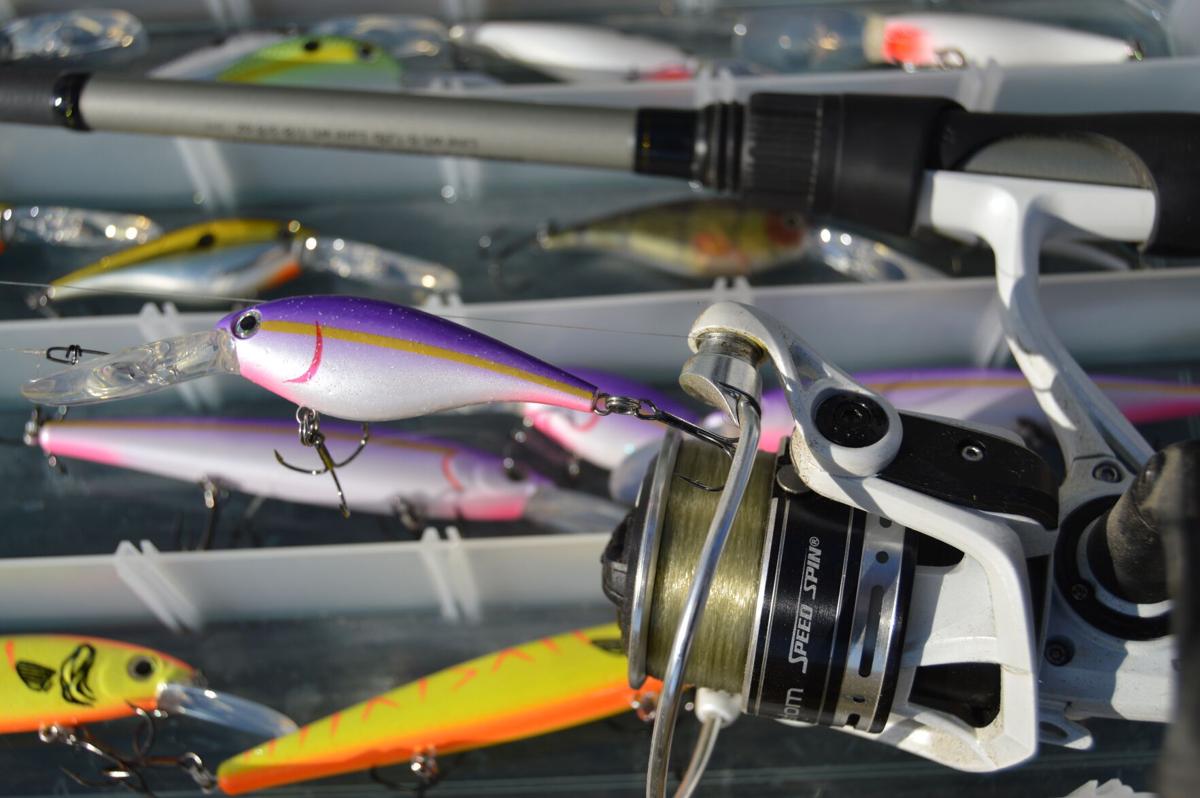
Credit: globegazette.com
Understanding The Benefits And Limitations Of Spinning Baits For Trolling
Spinning Baits: A Versatile Option For Trolling
When it comes to trolling, anglers have a wide array of bait options to choose from. One such option that should not be overlooked is spinning baits. These lures, with their spinning blades and enticing design, can be effective in attracting fish and provoking strikes.
However, it is important to understand both the benefits and limitations of using spinning baits for trolling.
Exploring The Advantages Of Using Spinning Baits For Trolling
Increased action and movement in the water:
- Spinning baits are designed to create a lot of action in the water, thanks to their spinning blades. This movement can mimic the appearance of wounded prey, attracting fish that are drawn to the commotion.
- The rotating blades create vibrations that can catch the attention of fish even from a distance. This makes spinning baits an excellent choice for targeting fish in deeper waters.
Attracting a wide range of fish species:
- Spinning baits are known for their versatility and ability to attract a variety of fish species. From bass and walleye to pike and muskie, these lures can entice a wide range of fish to strike.
- The flashy and vibrant colors of spinning baits can be particularly enticing to predatory fish, as they mimic the appearance of baitfish. This makes them a go-to choice for anglers looking for a wider catch.
Effective in various water conditions:
- Whether you’re trolling in clear or murky waters, spinning baits can be effective in both scenarios. The spinning blades create enough flash and movement to grab the attention of fish in any water condition.
- Additionally, spinning baits can be used at different depths, allowing you to target fish at various levels in the water column. This adaptability makes them a valuable tool for trolling in different environments.
Recognizing The Limitations Of Spinning Baits For Trolling
Depth control challenges:
- One of the limitations of using spinning baits for trolling is the difficulty in controlling the depth at which they swim. While you can adjust the speed of your boat to some extent, it may be challenging to consistently fish at a specific depth.
- Factors such as line weight, blade size, and lure weight can influence the depth at which a spinning bait will dive. It may require some trial and error to find the right combination for your desired depth.
Tangle and line twist risks:
- The spinning blades on these baits can sometimes cause tangles and line twists, especially when trolling at higher speeds. This can be frustrating and may lead to lost fishing time spent untangling your lines.
- To minimize this risk, it is crucial to ensure that your spinning baits are properly set up and correctly tuned. Regularly inspecting your lines for any signs of wear or damage can also help prevent tangles and line twists.
Limited speed range:
- Unlike some other bait options for trolling, spinning baits have a limited speed range at which they perform optimally. They are most effective when trolled at moderate speeds, usually between 2 to 4 mph.
- If you try to troll spinning baits at higher speeds, their action and movement in the water may become distorted. This can reduce their effectiveness in attracting fish and decrease your chances of a successful catch.
Spinning baits offer a versatile option for trolling, with their increased action and ability to attract a wide range of fish species. However, it is important to keep in mind the limitations they present, such as depth control challenges, tangle and line twist risks, and their limited speed range.
By understanding these factors, you can make informed decisions when incorporating spinning baits into your trolling arsenal. So, next time you’re out on the water, don’t hesitate to give spinning baits a try and see the results for yourself.
Essential Tips For Using Spinning Baits For Trolling Success
Trolling with spinning baits can be an effective technique for catching a wide variety of fish species. Whether you’re an experienced angler or just starting out, these essential tips will help you increase your success when using spinning baits for trolling.
Selecting The Right Spinning Baits For Trolling
When it comes to selecting spinning baits for trolling, there are a few key factors to consider. Here’s what you need to keep in mind:
- Matching the lure to target species and water conditions: Different fish species have different feeding habits and preferences, so it’s important to choose a spinning bait that closely resembles their natural prey. Additionally, water conditions such as clarity and temperature can also influence the effectiveness of certain spinning baits.
- Considering the size, weight, and color of the spinning bait: The size and weight of the spinning bait should be selected based on the target species and the depth you plan to troll at. Additionally, the color of the spinning bait should be chosen based on the prevailing water conditions and the visibility of the lure.
- Evaluating the action and vibration of the lure: The action and vibration of the spinning bait can play a crucial role in attracting fish. Some spinning baits have a tight wobble or subtle vibrations, while others have a more erratic action. It’s important to choose a spinning bait that matches the feeding behavior of your target species.
Adjusting Trolling Speed And Depth
The success of your trolling efforts can also depend on the speed and depth at which you troll with spinning baits. Here are some tips to maximize your chances:
- Experimenting with speed to find the optimal trolling pace: Different fish species have different preferences when it comes to trolling speed. It’s important to experiment with varying speeds to find the right pace that triggers the most bites.
- Utilizing different trolling techniques to control depth: Depending on the fishing location and target species, you may need to adjust the depth at which you troll. Techniques such as using planers, downriggers, or diving boards can help you control the depth at which your spinning bait is presented.
- Incorporating additional gear for depth control: Using additional gear like downriggers or planers can help you precisely control the depth at which your spinning bait is presented. These tools allow you to target fish at various depths and increase your chances of success.
Techniques For Effectively Presenting Spinning Baits While Trolling
To make your spinning bait even more enticing to fish, consider incorporating these techniques into your trolling strategy:
- Incorporating irregular movements to mimic injured prey: Fish are more likely to strike at prey that appears vulnerable or injured. By varying the speed and direction of your trolling pattern, you can create an irregular movement that mimics the behavior of injured prey.
- Varying the distance between the lure and the boat: Fish have different feeding preferences, and this includes the distance at which they prefer to strike their prey. Experiment with varying the distance between your spinning bait and the boat to find the sweet spot that triggers the most bites.
- Using attractants and scents to enhance lure effectiveness: Adding attractants or scents to your spinning bait can help increase its effectiveness by appealing to the fish’s sense of smell. Different attractants and scents can be used to target specific fish species or mimic certain types of prey.
By following these essential tips for using spinning baits for trolling, you can increase your chances of success on your next fishing adventure. Remember to experiment, adapt to the conditions, and have fun exploring the exciting world of trolling with spinning baits.
Best Practices For Maintaining And Caring For Spinning Baits For Trolling
Spinning baits are essential tools for trolling, attracting fish with their vibrant colors and lifelike movements. To ensure they stay in optimal condition and continue to perform effectively, it is important to follow proper maintenance and care practices. Here are some best practices to consider:
Proper Storage And Organization Of Spinning Baits
- Keeping lures organized to avoid tangling is crucial for easy accessibility when on the water.
- Utilizing tackle boxes or compartments can help keep spinning baits neatly arranged and prevent them from getting damaged or lost.
Preventing Rust And Damage By Storing Baits Properly
- Storing baits in a cool, dry place is key to preventing rust and degradation.
- Ensuring spinning baits are properly dried before storage can help prevent moisture-related issues.
Regular Maintenance And Inspection Of Spinning Baits
- Regularly checking spinning baits for rust, corrosion, and damage is important to ensure their effectiveness and longevity.
- Inspecting hooks and split rings and replacing any that are worn or damaged is crucial for maintaining optimal performance.
Cleaning And Lubricating Spinning Baits For Optimal Performance
- Cleaning spinning baits after each use removes any debris, dirt, or fish scent that may affect their attractiveness to fish.
- Applying a light coat of lubricant to the moving parts of the bait helps maintain smooth operation and extends their lifespan.
Tips For Extending The Lifespan Of Spinning Baits
- Avoiding unnecessary impacts and collisions with hard surfaces can help prevent damage to spinning baits.
- Properly handling and removing fish from the lure can minimize the risk of bending or breaking hooks and split rings.
- Storing baits in a cool, dry place can prevent degradation and maintain their effectiveness over time.
By following these best practices for maintaining and caring for spinning baits, you can ensure they remain in excellent condition, providing you with continued success while trolling. Don’t forget to regularly inspect and clean your baits to maximize their lifespan and keep them performing at their best.
Conclusion
To sum it up, spinning baits can indeed be used for trolling, offering anglers a versatile option on the water. The strategic design of spinning baits allows for a natural and enticing presentation, enticing a wide range of fish species.
This technique is particularly effective in turbulent waters where the bait’s rotating motion excels in mimicking wounded prey. Moreover, spinning baits offer a variety of sizes, colors, and patterns, allowing anglers to match the hatch and trigger the interest of even the most finicky fish.
With the right setup, proper technique, and understanding of the targeted species’ behavior, spinning baits can be a powerful tool in an angler’s arsenal. So, don’t hesitate to give them a try on your next trolling adventure. You might just find yourself reeling in some impressive catches! Happy fishing!

